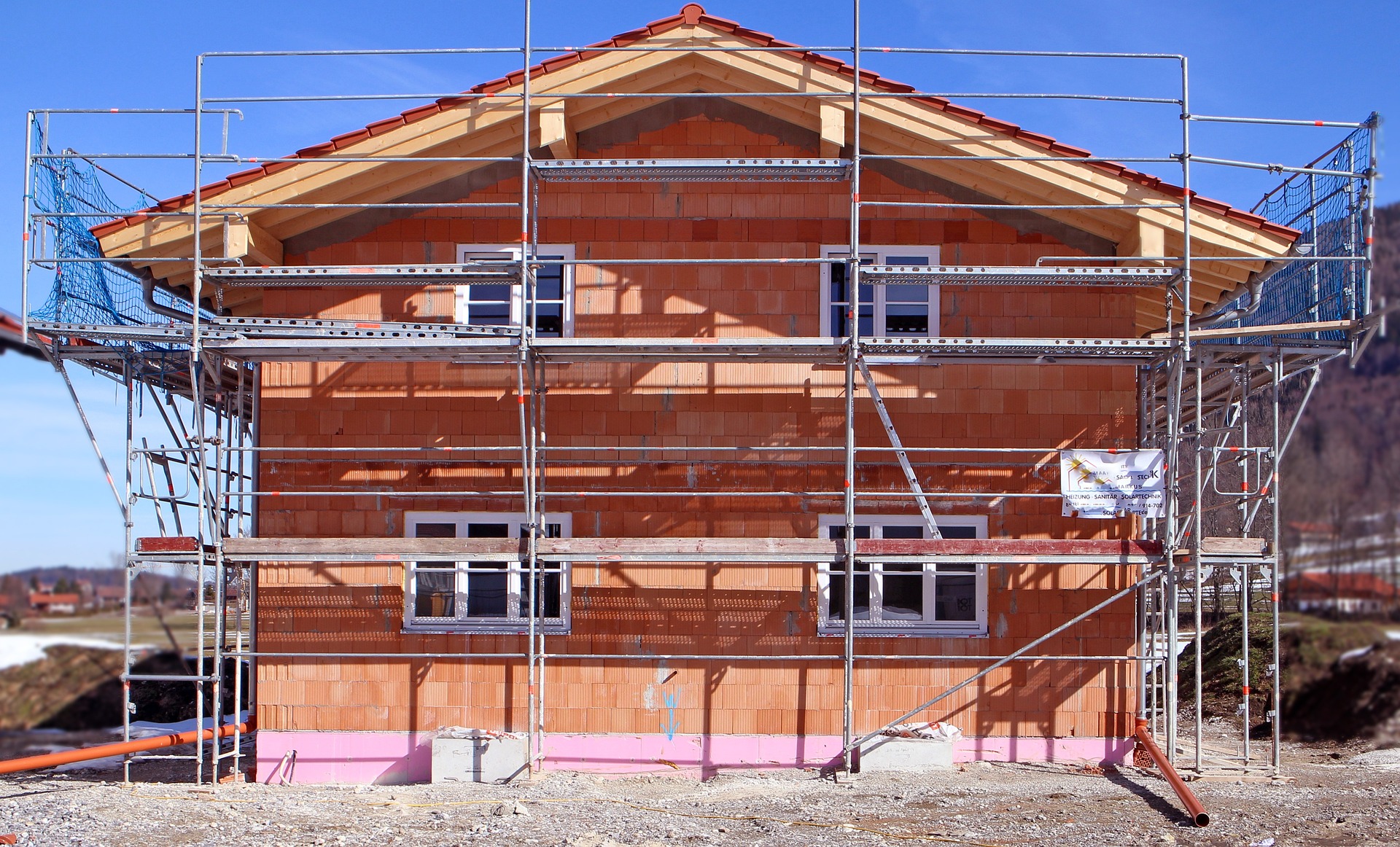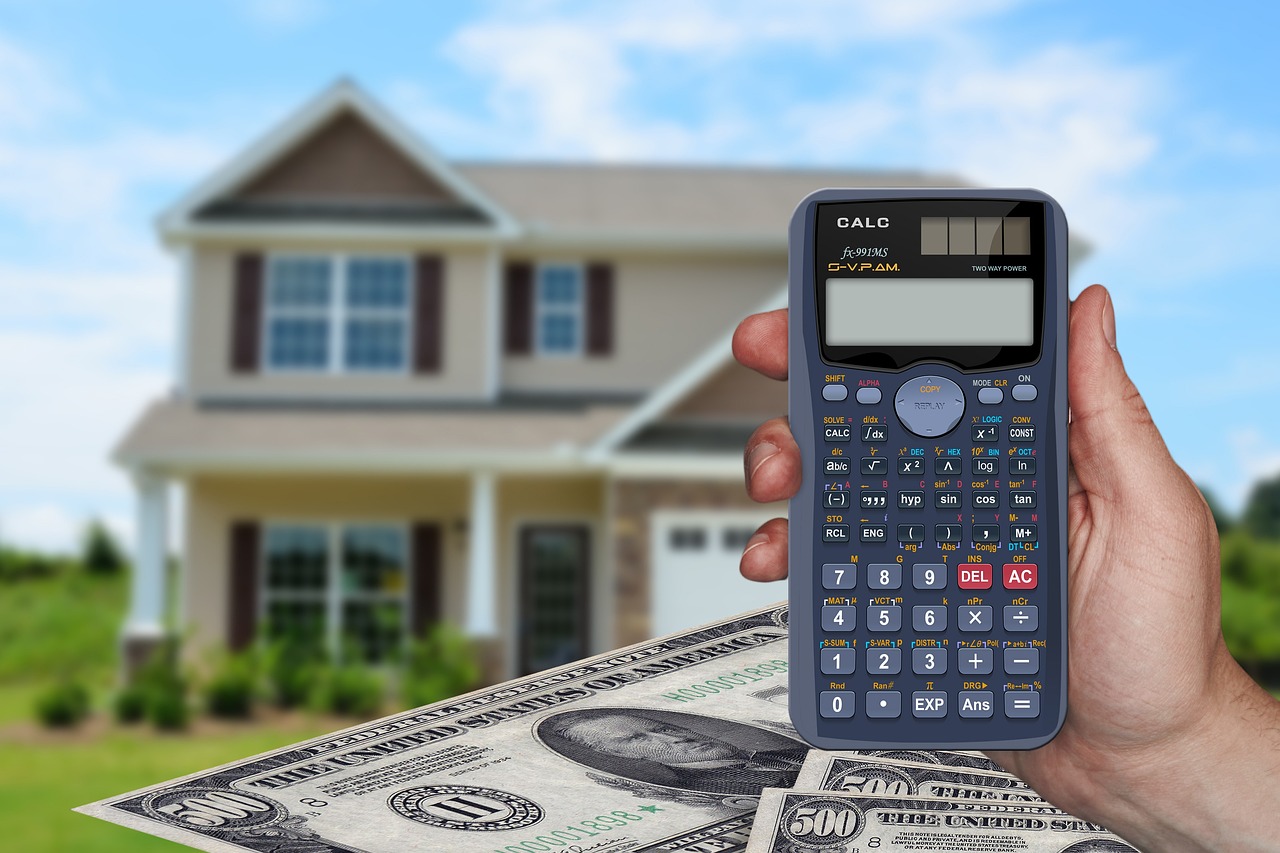A Guide to Understanding Window Replacement Grants
Upgrading your home's windows can significantly improve energy efficiency and comfort, but the costs can be substantial. Fortunately, various grant programs exist to help homeowners afford window replacements. This comprehensive guide explores available funding options, eligibility requirements, and application processes for window replacement assistance programs.

Government-Funded Window Replacement Programs
Federal and state governments operate several programs designed to help homeowners improve energy efficiency through window replacement. The Weatherization Assistance Program (WAP), administered by the U.S. Department of Energy, provides comprehensive energy improvements for low-income households, including window replacement when deemed cost-effective. This program prioritizes households with elderly residents, people with disabilities, and families with children.
The Low Income Home Energy Assistance Program (LIHEAP) also offers weatherization services in many states, though availability varies by location. Some states have established their own energy efficiency programs that complement federal initiatives. These programs typically focus on households meeting specific income requirements, usually at or below 200% of the federal poverty level.
Utility Company Window Replacement Incentives
Many utility companies offer rebate programs for energy-efficient home improvements, including window replacement. These incentives aim to reduce overall energy demand and help customers lower their utility bills. Electric and gas utilities often provide different rebate amounts based on window energy ratings and the number of windows replaced.
Utility rebates typically range from $50 to $200 per window, depending on the Energy Star rating and climate zone requirements. Some programs require pre-approval, while others offer rebates after installation completion. Major utility companies like Pacific Gas & Electric, ConEd, and Duke Energy maintain active rebate programs, though specific terms and availability change annually based on program funding.
State and Local Grant Programs
State and local governments frequently establish their own energy efficiency grant programs tailored to regional climate conditions and housing needs. These programs often complement federal initiatives and may offer more generous benefits or serve broader income ranges.
California’s Energy Upgrade California program provides rebates for whole-home energy improvements, including windows. New York State offers the EmPower+ program for income-qualified residents, covering up to 100% of improvement costs. Massachusetts operates the Mass Save program, which includes window replacement incentives for qualifying homeowners. Local municipalities may also establish grant programs using federal block grant funds or local revenue sources.
Eligibility Requirements and Documentation
Most grant programs establish specific eligibility criteria based on income, home ownership status, and property characteristics. Income limits typically range from 80% to 200% of the area median income, though some programs serve broader populations. Applicants generally must own and occupy the property as their primary residence.
Required documentation commonly includes recent tax returns, utility bills, proof of income, and property ownership verification. Some programs require energy audits before approval, while others mandate the use of certified contractors or specific window products meeting minimum energy efficiency standards. Applications often involve waitlists, particularly for programs with limited annual funding.
Available Programs and Funding Options
Beyond traditional grants, several alternative funding mechanisms exist for window replacement projects. Property Assessed Clean Energy (PACE) financing allows homeowners to finance improvements through property tax assessments. This option doesn’t require upfront payments and transfers with property ownership.
Manufacturer rebates from window companies like Andersen, Pella, and Marvin occasionally supplement government programs. Some nonprofit organizations partner with utility companies to provide additional assistance for qualifying households. Veterans may access specific programs through the VA’s Specially Adapted Housing grants or state veteran assistance programs.
| Program Type | Provider Examples | Typical Rebate Amount |
|---|---|---|
| Federal Programs | WAP, LIHEAP | $2,000-$8,000 per home |
| Utility Rebates | PG&E, ConEd, Duke Energy | $50-$200 per window |
| State Programs | Mass Save, EmPower+ | $100-$300 per window |
| Local Grants | Municipal programs | $1,000-$5,000 per home |
Prices, rates, or cost estimates mentioned in this article are based on the latest available information but may change over time. Independent research is advised before making financial decisions.
Window replacement grants provide valuable opportunities for homeowners to improve energy efficiency while reducing financial burden. Success in securing funding often requires patience, as many programs maintain waitlists due to high demand and limited budgets. Combining multiple funding sources frequently yields the best results, allowing homeowners to maximize available benefits. Researching local options thoroughly and maintaining current documentation helps streamline the application process when opportunities become available.




